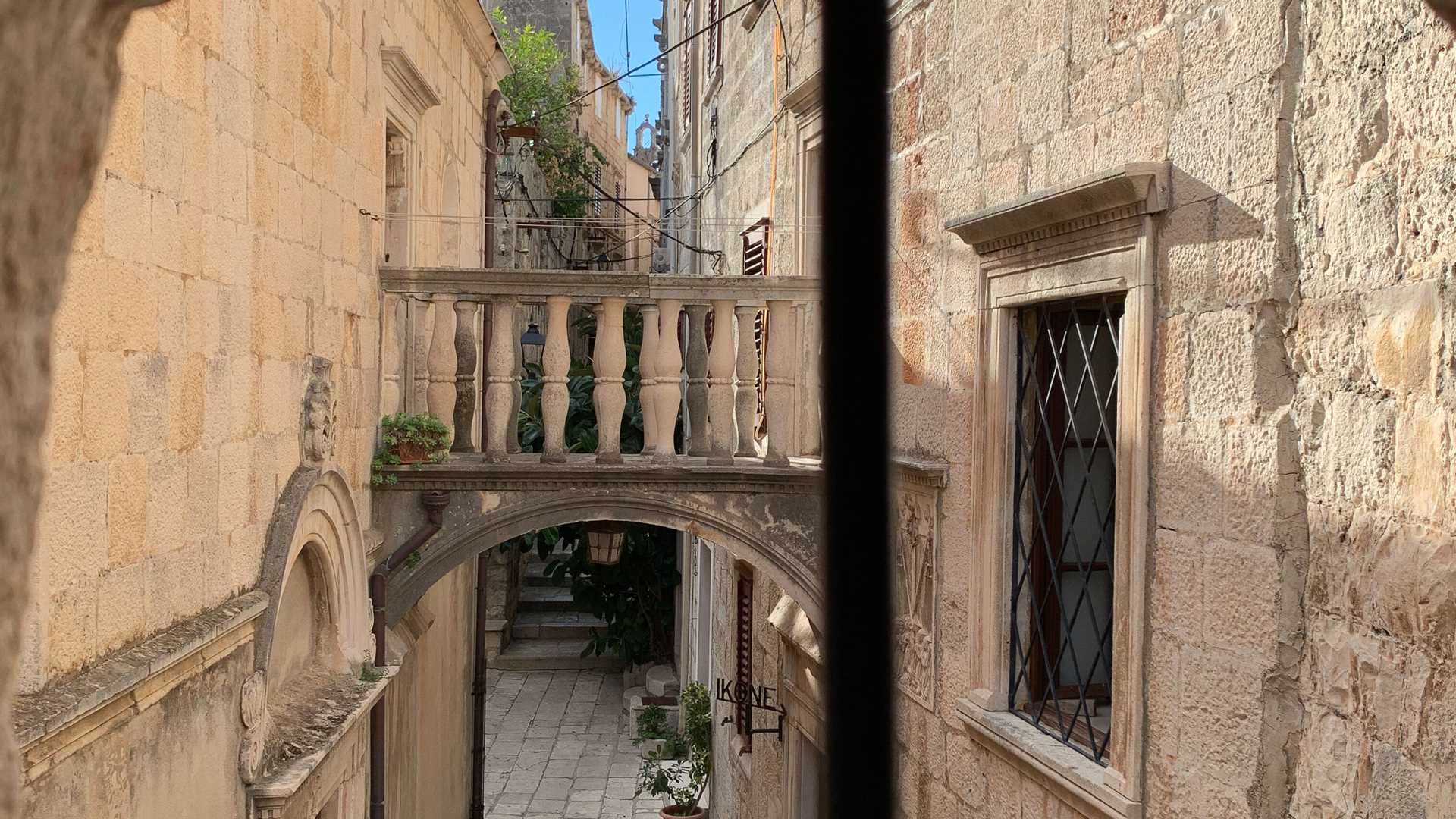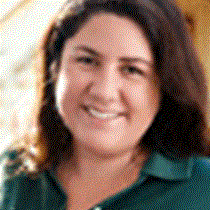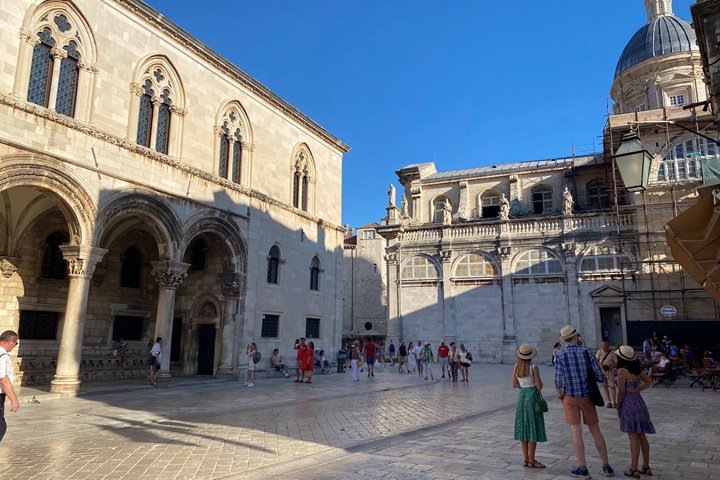Islands, in their isolation, tend to preserve unique cultural heritages, and Korčula is not an exception. Almost fifty kilometers in length and eight kilometers in width, the island has maintained medieval traditions, such as the brotherhoods and the Moreska dance, that are already gone from mainland Croatia and from other parts of the Mediterranean.
We visited the museum of the brotherhood of All Saints, the oldest of the three brotherhoods of the island. This organization has two hundred members, all men, only Catholic and from Korčula. They were founded in the year 1301 by people of different social statuses; in the confraternity, they were all equal. They helped and buried the poor, visited the ill, took care of widows and orphans, and collected funds for the dowries of young girls from poor families. This brotherhood included a great amount of the town’s shipbuilders and woodcarvers who have worked in Korčula’s shipyards throughout the centuries.
During Easter, the Brothers of the three Brotherhoods (All Saints, Saint Michael, and Saint Rocco) wear traditional gowns and carry huge candles of pure wax, some weighing 90 kg. They also carry stars and crosses and are accompanied by church songs in the old city, creating a unique, mystical atmosphere. Good Friday is the most important procession for Korčula. Edith, our local guide, told us, “Traditions keep us together, they are especially important for the young people.”
Within these walls, there are eight churches and one cathedral with a fabulous Tintoretto painting. Edith guided us through the town (inhabited by eighty people today), unraveling its mysteries which are centuries old. She took us to the location where the house of the family Polo was allegedly erected in the 13th century. Marco Polo could have been from Korčula...and why not, this was part of the Venetian territory.
Another ancient tradition that has survived the isolation of the island is the Moreska dance. We enjoyed the performance in an open-air theater. The Black King entered, dragging the captured “Bula,” a maiden in chains. He tried to persuade her to respond to his advances, but she replied that she was in love with the Red King. The two kings and their armies confronted each other, and the battle escalated from taunts, to the kings in battle, to both armies clashing. We enjoyed a mixture of solos and varying rhythms throughout the seven different dances. The Black soldiers were eventually surrounded and defeated, and the Red King rescued the quiet Bula.
When Edith described the shape of the city, which looks like a fish from an aerial view, she said, “The western half of Korčula has straight streets, to let the Mistral winds cool the city in the summertime, while the eastern part has curved streets, for blocking the Bura, or northern cold wind circulation.”
Today we indeed met the Bura, we sailed with the Bura, and what a spectacular sailing day we had with 35 knot winds. We had it all today!







